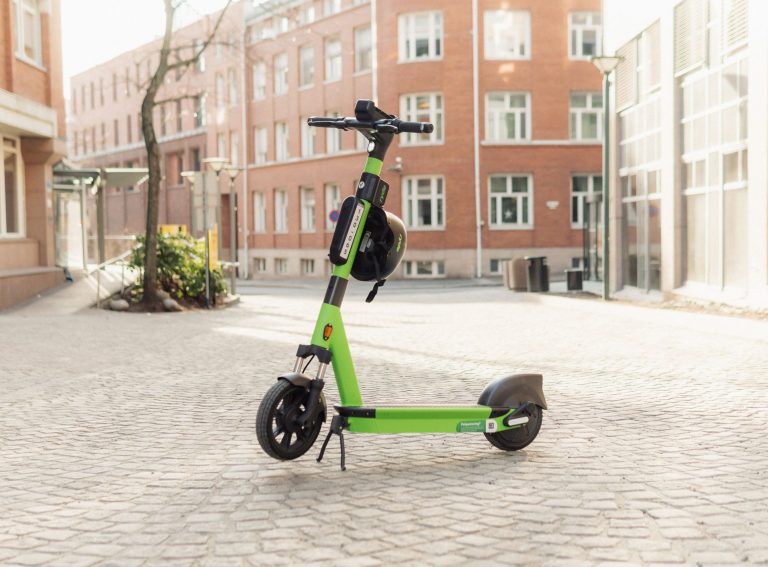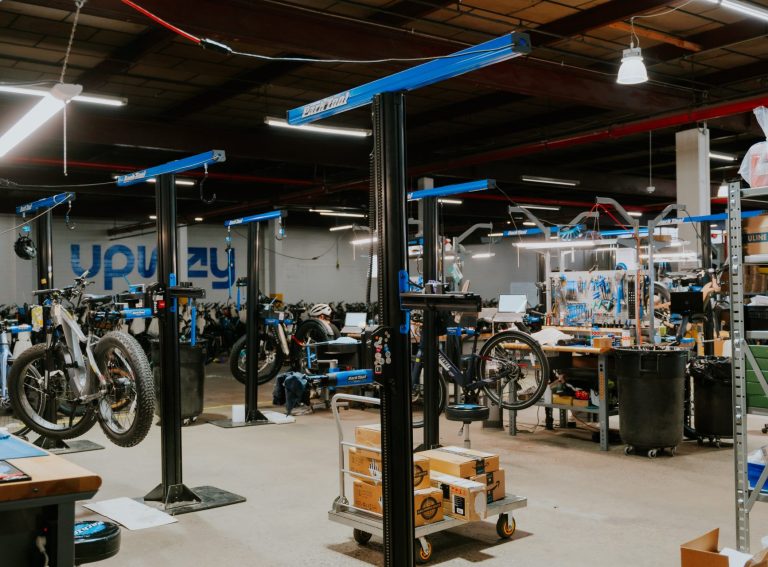It’s official. We now know that the world’s first electric scooter racing series will start at Printworks in Rotherhithe, East London on 14 May 2022. This is the date when micromobility turns into a competitive sport.
Dubbed the eSkootr Championship or eSC for short, the six-event calendar will see thirty professional athletes go head-to-head on all-electric two wheelers that can reach speeds of up to 100 km/h.
In an exclusive interview with Zag Daily, Hrag Sarkissian, the Co-Founder and CEO of eSC, reveals how he plans to make it a responsible sport with purpose, what influence the races can have on cities and how it will showcase important advances in safety and technology.
What eSC stands for
One key focus is to make the sport accessible for everyone.
While the organisers want to begin with professional athletes who are accustomed to high-speed racing, which will give them time to assess any safety concerns, after a few seasons, the sport will be opened up to other scooter enthusiasts that may not have a history of racing.
Its field of riders will also be both male and female to accelerate gender equality in the sector.
“We are one of the first racing series where we really have both genders race side by side, and be there on merit,” says Hrag Sarkissian.
“Our vision is that we want anybody to dream of becoming an eSkootr racer, and becoming a voice, and becoming a hero, and basically influencing their peers positively.”
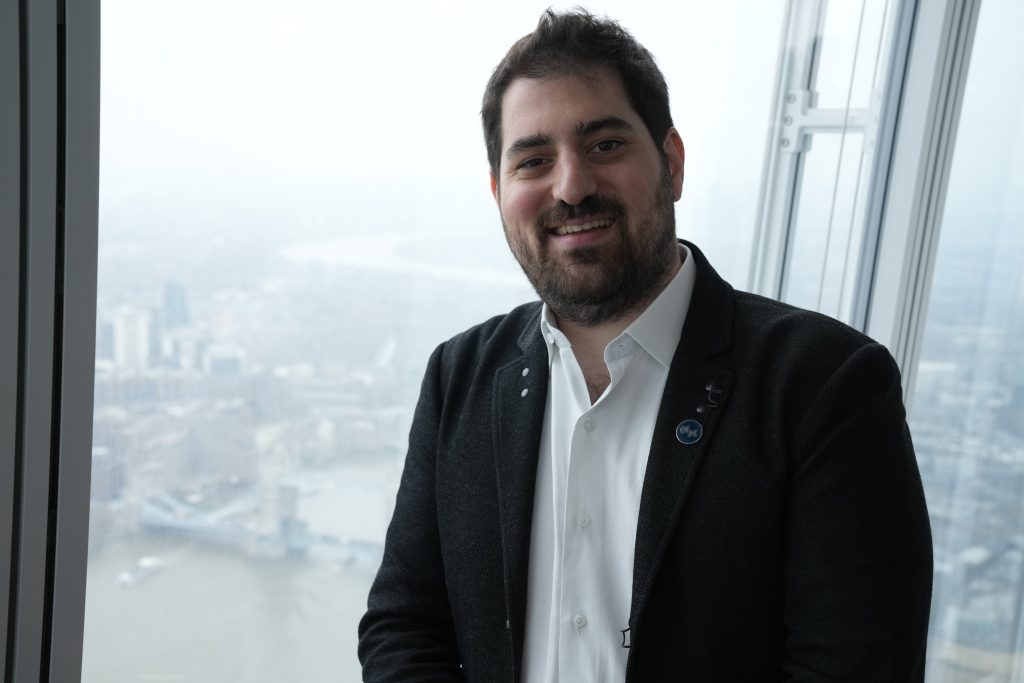
Making sustainable headway…
Alongside this, eSC is aiming to become the world’s most sustainable racing series.
What will help the company achieve this from the outset is that the race track is typically only around 600 metres long so is very easy to deploy and leaves minimal carbon footprint.
For the eSkootr itself, the team has partnered with natural fibre composite specialist Bcomp in the design of the chassis.
All the riders in the league will be using the same eSkootr called SX-1.
Instead of carbon fibre, Bcomp supplies its proprietary flax derived ampliTex technical fabrics reinforced with powerRibs. Bcomp’s natural fibre materials combine lightweight with high strength and can reduce the CO2 impact by up to 80% compared to carbon fibre.
“So this is an example of how our racing application could trickle down into real-world mobility applications and have real-world relevance,” says Sarkissian.
Then, when the batteries used to power the S1-X scooters reach the end of their “first life”, they will be recycled by world-leading recycling group, Umicore.
Using its industrial processes, Umicore will recover the valuable metals and convert them into active cathode materials for the production of new rechargeable batteries.
An expert commission for racing
The championship has established the eSC Commission for Micromobility and Sport, an advisory board to create best sporting practice for this new category of racing.
Guided by a team of experts with knowledge of world championship motorsport, the Commission leads on topics like safety, sustainability, sporting governance, as well as research programmes.
It also leads on eSC’s mission for wider social relevance and impact.
“It’s what allows us to create the relevance between the sport and the streets,” says Sarkissian.
One such way he believes they can help is with the messaging around e-scooter speeds.
Do you think the eSkootr Championship could negatively encourage speeding, Zag Daily asks?
“Look, it’s all about how we talk about it. It’s like when you watch Formula One, does that mean that someone is going to go buy a car and drive it 300 km/h? No, so it’s about how you talk about it. For us, the position is very, very clear. Speeding is not for the streets, it’s for the track. And this is something we would actively promote and actively voice. This is why the racetrack is in a controlled environment where people can come and practice the sport. And this is why we’re able to push the limits and accelerate the development of safety technology.”
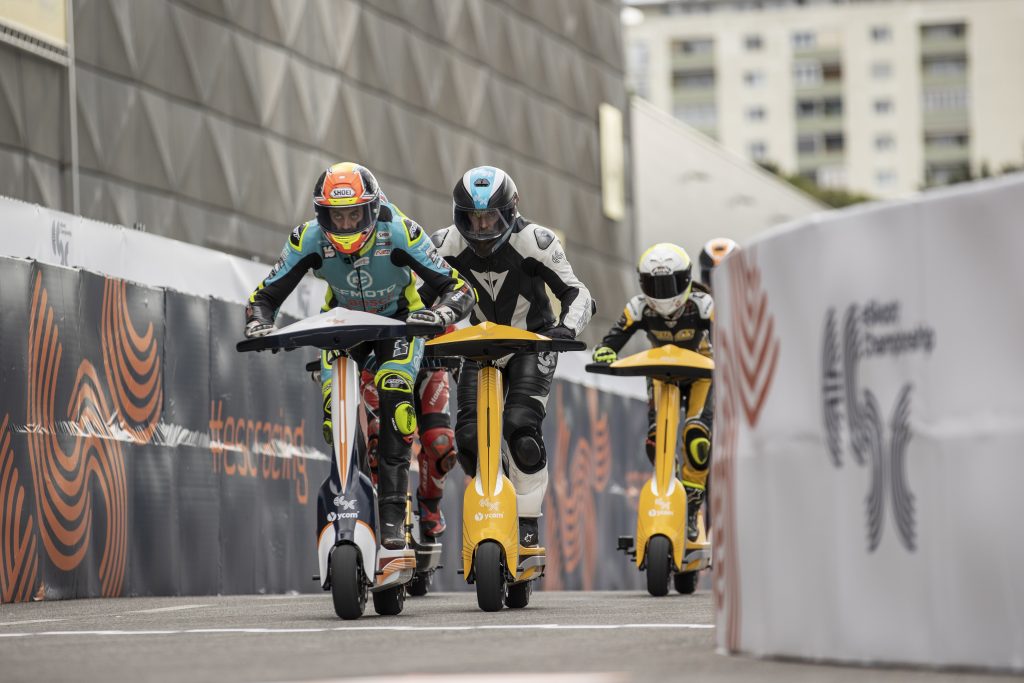
Using the Championship as a testbed
The Commission’s Safety Working Group, the body that will develop and maintain safety systems across the championship, is run by Formula 1 advisor Andy Mellor.
Mellor has more than twenty years’ experience in F1 and motorsport safety, and led the project to develop the Halo frontal protection device now fitted to all F1 cars.
A big project of the Safety Groups is to use the races as a testbed to improve the safety of e-scooters worldwide. This involves looking at the helmets, the scooters and race barrier infrastructure as one unit.
“The point is that, with safety, you look at it as a whole system. It’s not just that people need to wear a helmet. It’s the helmet, with the combination of the barriers, with the combination of the surface, and how that all works together to protect the rider.”
During the testing phase and in the six races this season, the scooters and riders will be fitted with sensors. This will help the safety team understand what happens when a rider falls off a scooter. “What are the types of impacts we will see?,” says Sarkissian.
By attaching sensors, the team will build up a full data package of each rider.
“We will have data on lean angles, break distance, brake pressure, throttle, acceleration and so on. So all this data is, on the one hand helping riders get better and faster, but for us, it’s also a big tool for research on what are the areas that we need to improve from a safety perspective and how this all works collectively.”
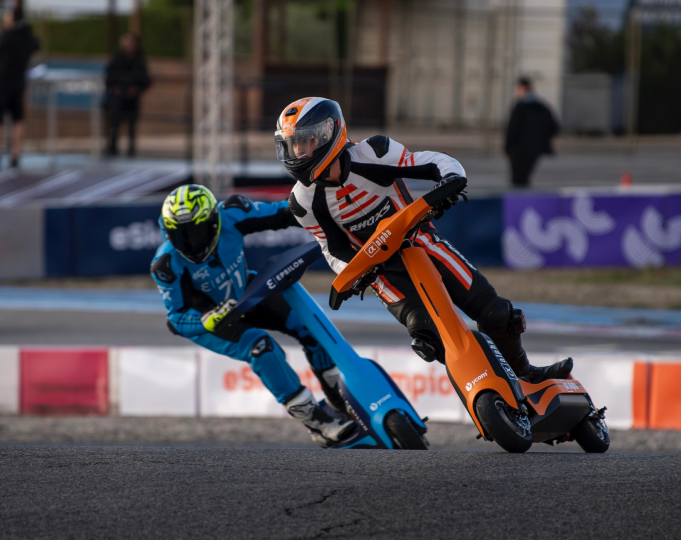
Why London was chosen to host the opening round
Sarkissian felt their presence in London could positively affect the outcome of the current UK-wide government trials.
“London is a market that’s been a little slower to deploy micromobility than other European cities, and so for us, it’s about being able to start the conversation by bringing all the key players in the industry together to encourage discussion and debate. This is the starting point and then the ambition is to continue to build out on that.”
Printworks was chosen specifically as “it is a venue that a lot of people know and it is big enough to lay out the track.”
After London, the Championship will move on to Switzerland, then France, Italy, Spain before concluding in the USA in October.
Wide vision
So what is the eSkootr Championship’s ultimate aim?
“It’s positioning the sport and the championship as an accelerator for the sector,” says Sarkissian. “And it’s not only scooters per se, you know, I think electric scooters are obviously a form of micromobility, and probably the most popular among young generations. But it’s really here to promote and help accelerate the whole sector. So the relevance goes beyond electric scooters. Electric scooters are the showcase, and part of it, but in the end, the mission is definitely bigger than that.”



